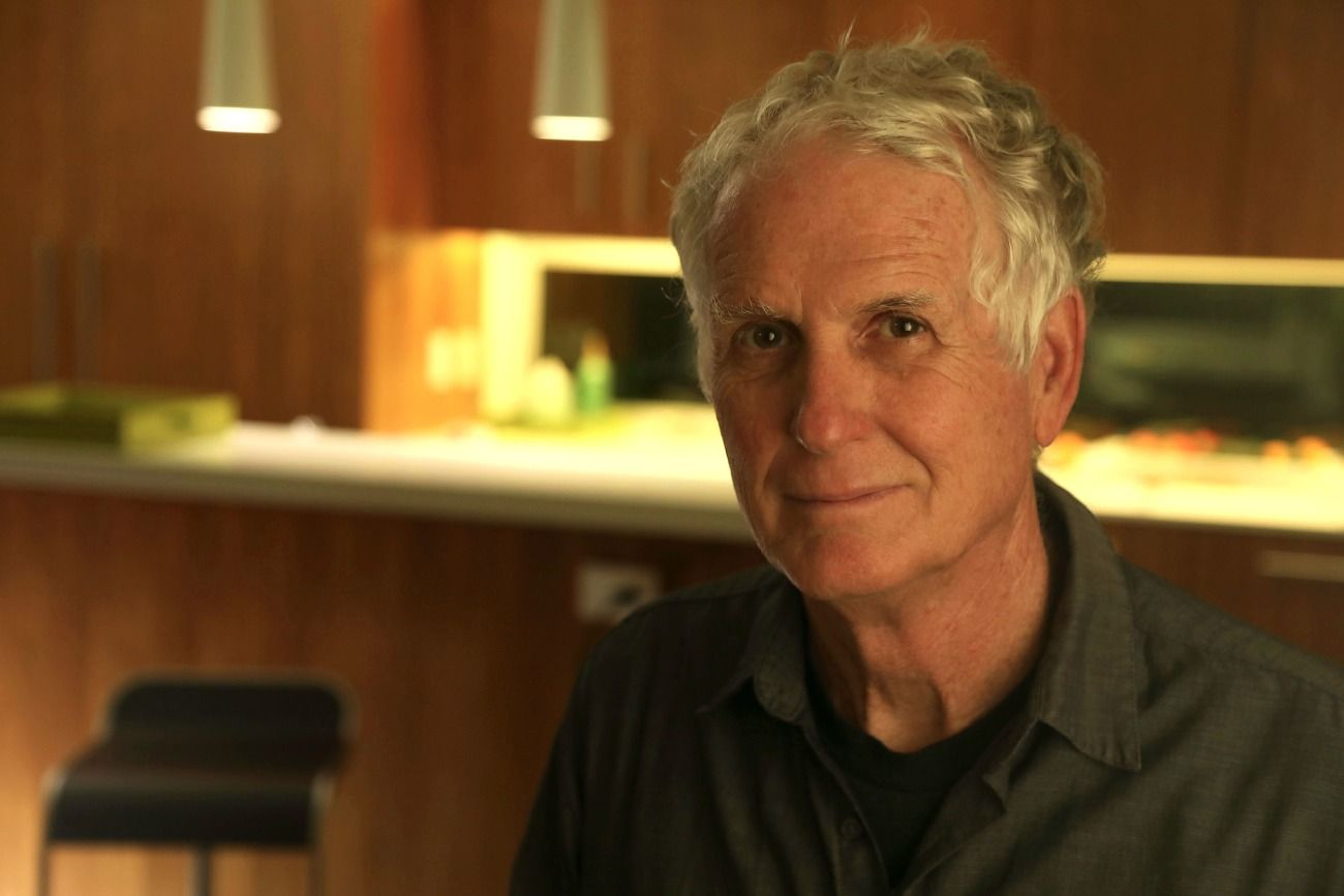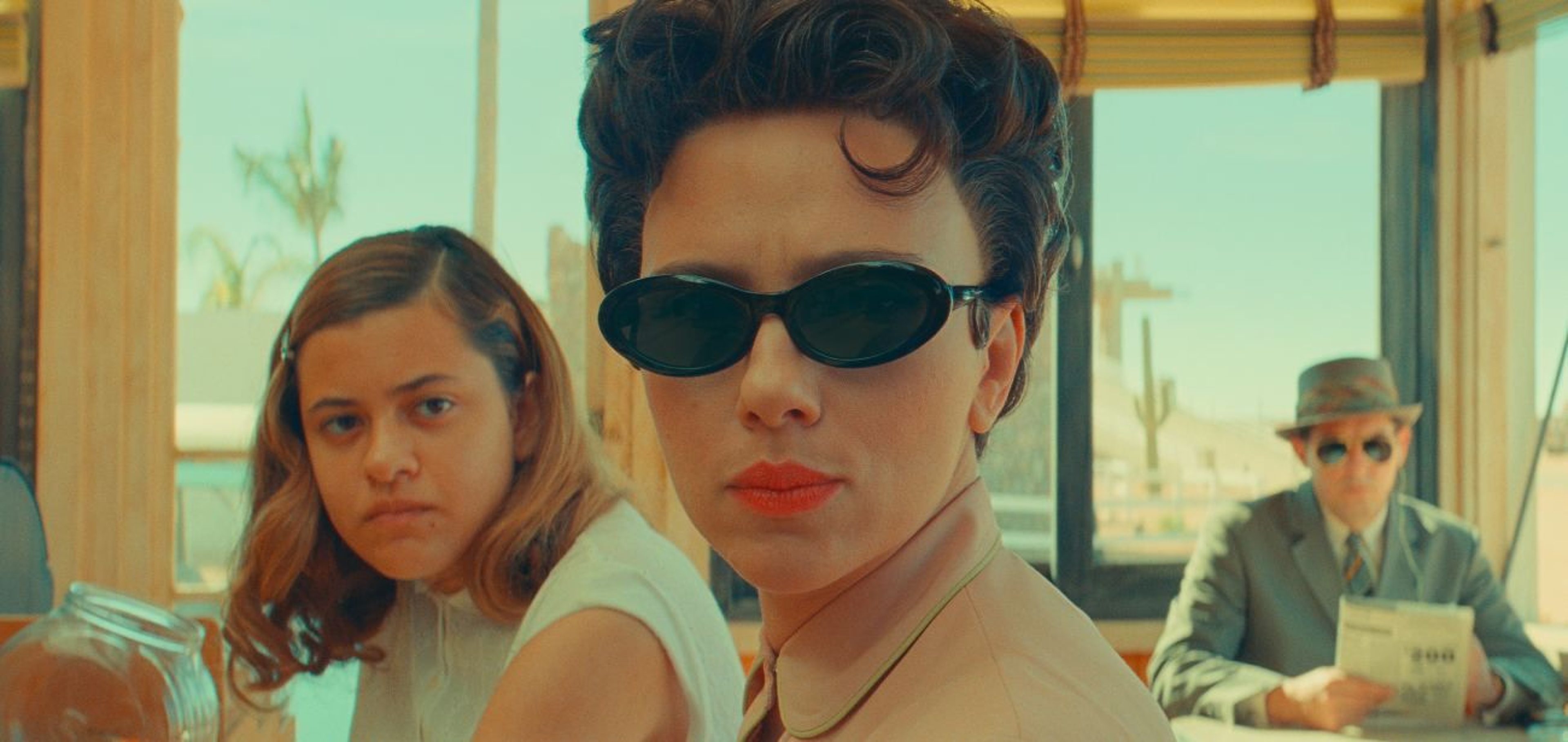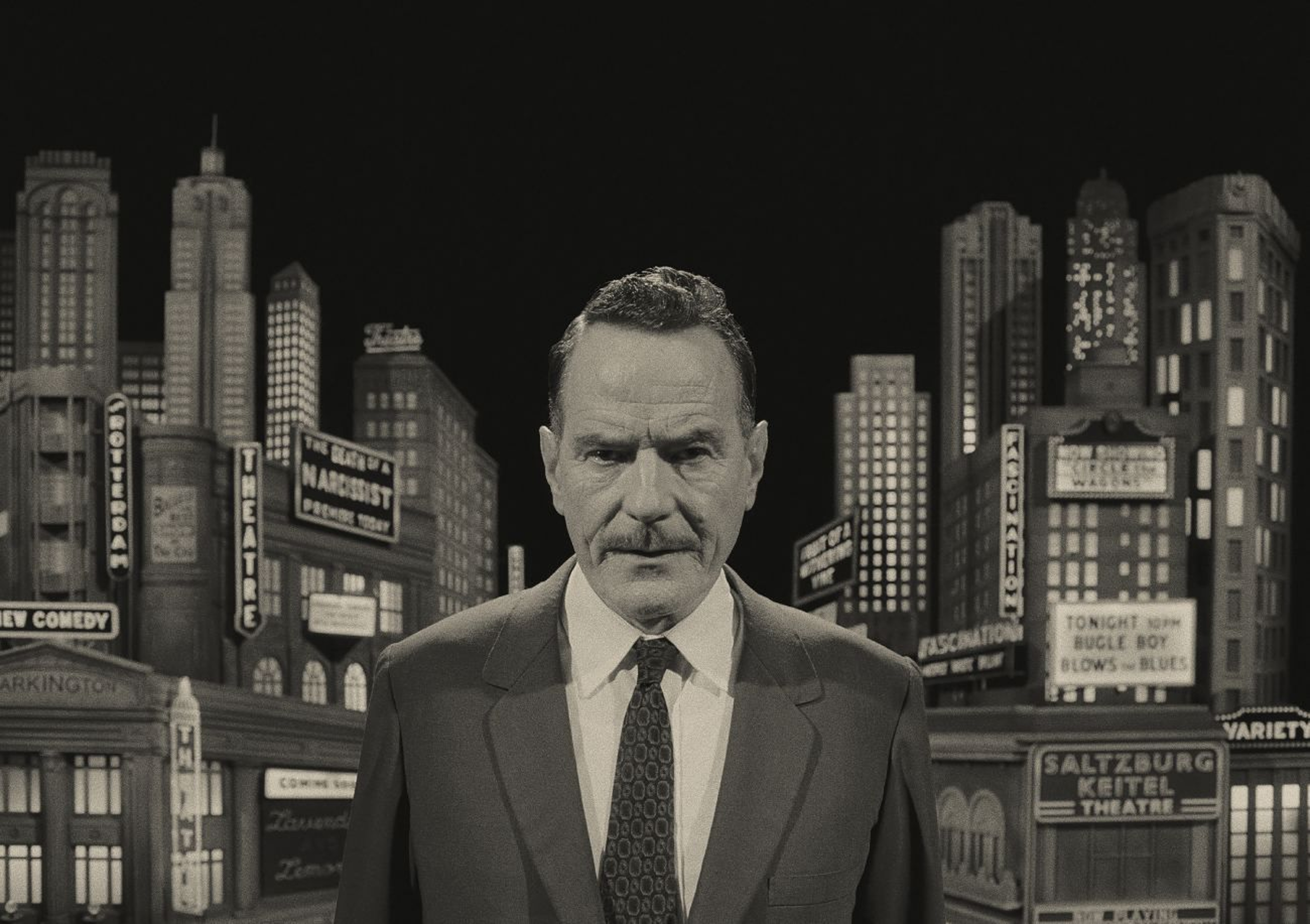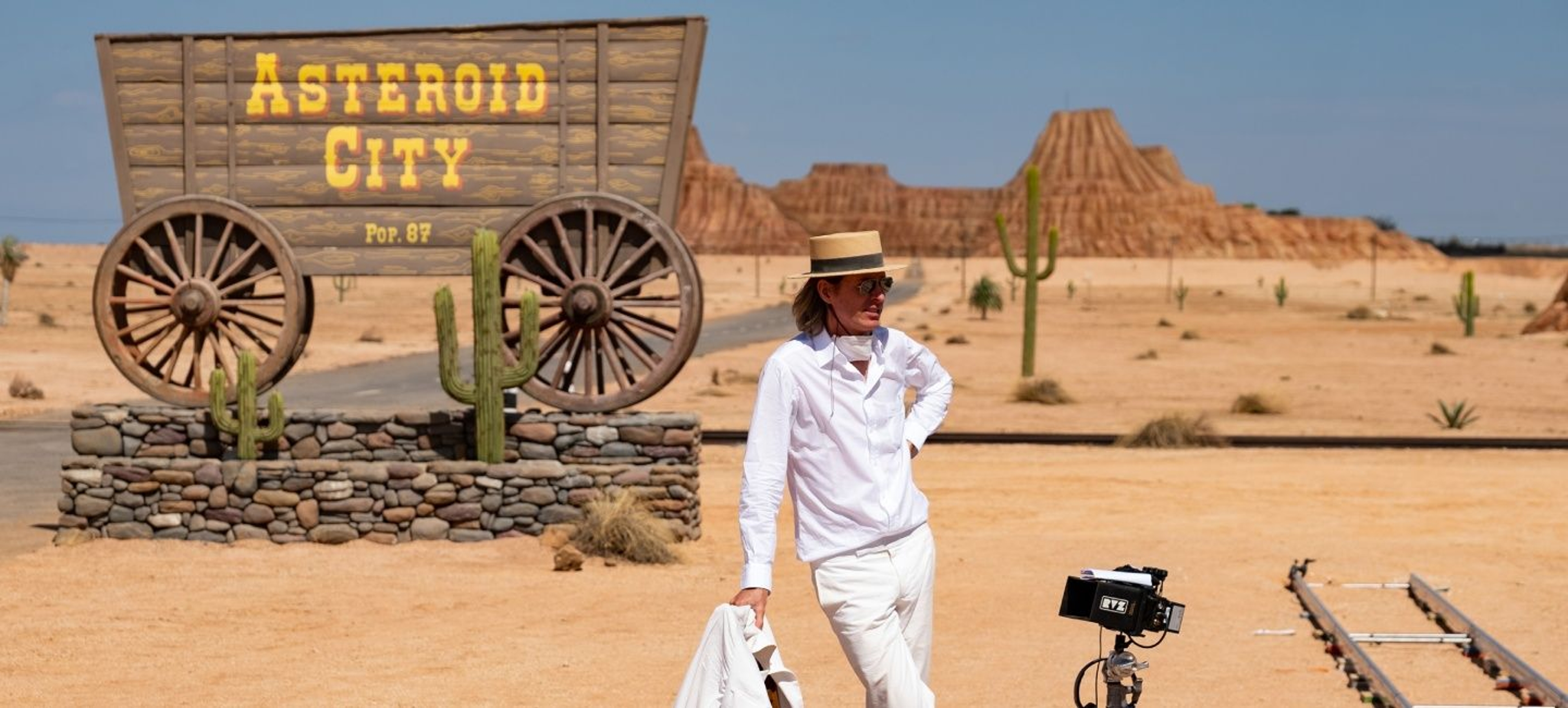Set in a one-café town in the American southwest in the 1950s, Wes Anderson’s Asteroid City is a sci-fi extravaganza. With a remarkable cast that includes Scarlett Johansson, Tom Hanks, Jason Schwartzman, Bryan Cranston, Jeffrey Wright, Steve Carell, Hope Davis, and Maya Hawke, Anderson fills his deserted town with stories of grief, wonder, fear, and love. To capture this busting world on film, Anderson turned to his longtime collaborator, cinematographer Robert D. Yeoman.
Having worked on nine films with Anderson, Yeoman has remarkable insight into Anderson's unique imagination. Deadline writes, “No American director so formally stylizes compositions and camera moves the way he and his regular cinematographer Robert Yeoman do.” From 360-degree shots to recreating 1950s television shows, the Next Best Picture writes, “Robert Yeoman’s photography remains as exquisite as ever.”
We spoke with Yeoman about the creative challenges of shooting in a desert, the film’s unique color palette, and the experience of making a Wes Anderson film.
The official trailer for Asteroid City

Asteroid City's director of photography Robert D. Yeoman
Having worked on so many films with Wes Anderson, how do you start a new project?
We start first with the script. But my work really starts when I start scouting locations with Wes and [production designer] Adam Stockhausen. In the meantime, Wes creates an animatic, which is an animated cartoon of the movie. Wes has someone animate the characters, and he does the voices. We use that as our guide.
For Asteroid City, the production team built a town in the middle of nowhere in Spain to accommodate the animatic. We used that cartoon to understand how the camera was going to move and how Wes planned to explore the town cinematically. On location, we have lots of discussions about the space. I take measurements and walk about with a viewfinder to see how to arrange the very precise shots that Wes has imagined.
Do you plan for the lighting while on location?
For this film, Wes wanted the light to be all natural so we weren’t going to use any movie lights. While in pre-production, I asked if we could put skylights in the buildings to light the interiors. It was like in the early days of cinema when they just put a nice soft silk overhead and you shot the interiors with the overhead sun.
After you read the screenplay, what did you see as your biggest creative challenge?
We had to design two distinct looks for the film: one for the town of Asteroid City and one for the television studio. They had to be different enough that people watching the film would always know which part of the film they were in. We shot the TV studio in black-and-white film and brought in a theatrical lighting designer from London to give it a unique style. We had overhead grids with harder lights, things I ordinarily wouldn't do on a movie set. In the end, the lighting designer and I melded our two visions together to make it work for the film.
What was the plan for the desert scenes?
We shot anamorphic color film in the desert. I was a bit concerned at the start because we were shooting in Spain in the middle of summer. The light can be very harsh and unforgiving. But Wes was eager to use the sun as a kind of a character in the film. In setting the shots up, we referenced movies like Paris, Texas and Bad Day at Black Rock, in which they shot at high noon.
How did you avoid hard shadows from the overhead sun?
It was difficult. With lights, you can fill in some of the face. But Wes was eager not to use lighting. We used large white bounce cards to put some light into people's faces. When we were dollying, the gaffer would sometimes carry a white card with him to add light from beneath. We were able to tweak the image a bit when we did the digital intermediate.

Grace Edwards, Scarlett Johansson, and Damien Bonnaro in Asteroid City
How did you develop the film’s color palette with Wes Anderson and with the costume and production designer?
Wes comes up with the main ideas, and then we shoot a lot of tests in prep. Milena Canonero, the costume designer, brings different swatches of cloth and Adam paints different walls in various colors. Then we film the fabrics in front of those walls. To get the right hue for the purple jacket used in The Grand Budapest Hotel, we shot different shades of purple against a pink wall in different lights to see how the colors would work on film. Then Wes makes the decision about what kind of purple or pink we are going to use.
How did you come up with the film’s remarkable camera moves?
Wes planned a lot of those in his head. When we introduce the town, for example, we look towards the train, then we come past the diner and the motel, go towards the other end where there is the half-finished ramp, and end up at the observatory. Wes planned that all out with the rhythm of music or dialogue in his mind. This can be a bit stressful for me because I'm operating the camera and have to do all the moves so it will work in editing.
Those shots can get complicated. There is a long shot that introduces all the characters at the beginning of the film. They all arrive in their separate cars. We dolly along the road with everyone hopping out of their cars. It was a bit tricky because not all the actors were there at the same time. We shot the first pass and then had to go back several weeks later and duplicate the move with new actors. In the interim period, however, there were a series of thunderstorms. Even though we had precise marks on the ground, everything had shifted a little because of the rain. Thankfully in post, they were able to put all the pieces together.

Bryan Cranston in Asteroid City
What is special about working with Wes Anderson?
He challenges everybody—the actors and all the people behind the camera—to come up with new ways of doing things. We're constantly being asked to think outside the box. There is also a real sense of community on set. We were all in the same hotel—Wes, the actors, the heads of departments—and every evening we would have dinner together. You don't get that in films that much anymore. Normally you go to work, then you get in your car and go home. Many of the actors described the experience as being in a theater troupe. Wes creates a family atmosphere both onset and offset.
What would you like audiences to take away?
First, it is worth a second viewing. The first time it can be overwhelming. I read the script and shot the movie, but when I saw the movie, I saw connections that I had not made before.
This interview has been edited and condensed for clarity.
